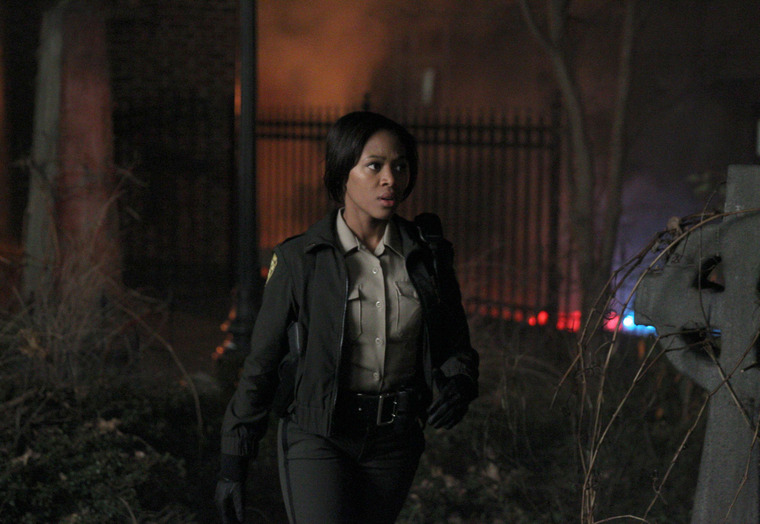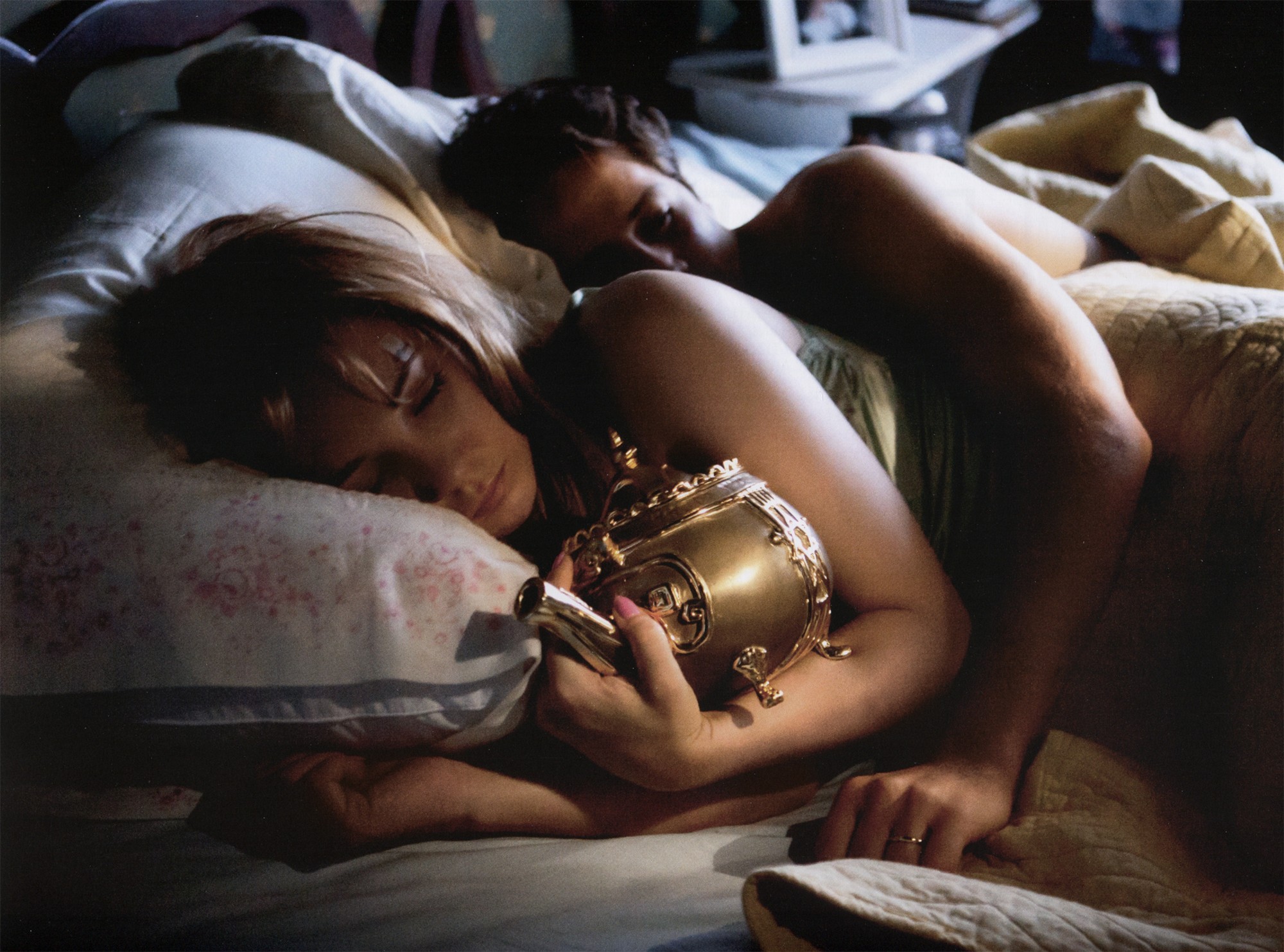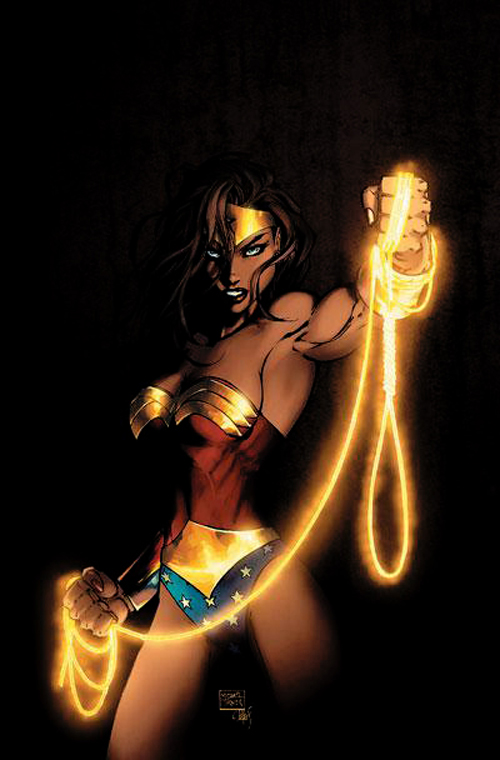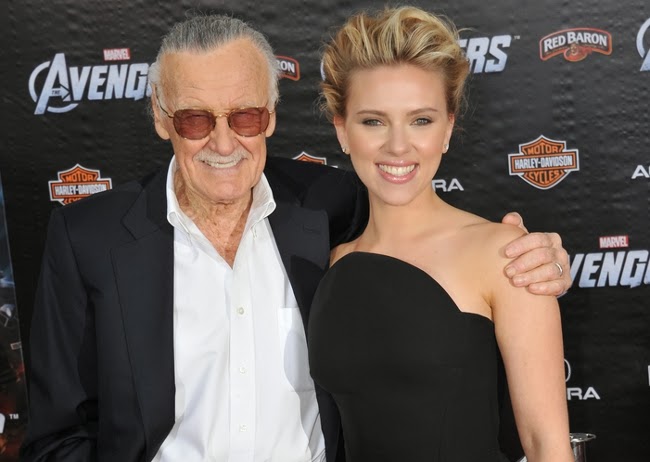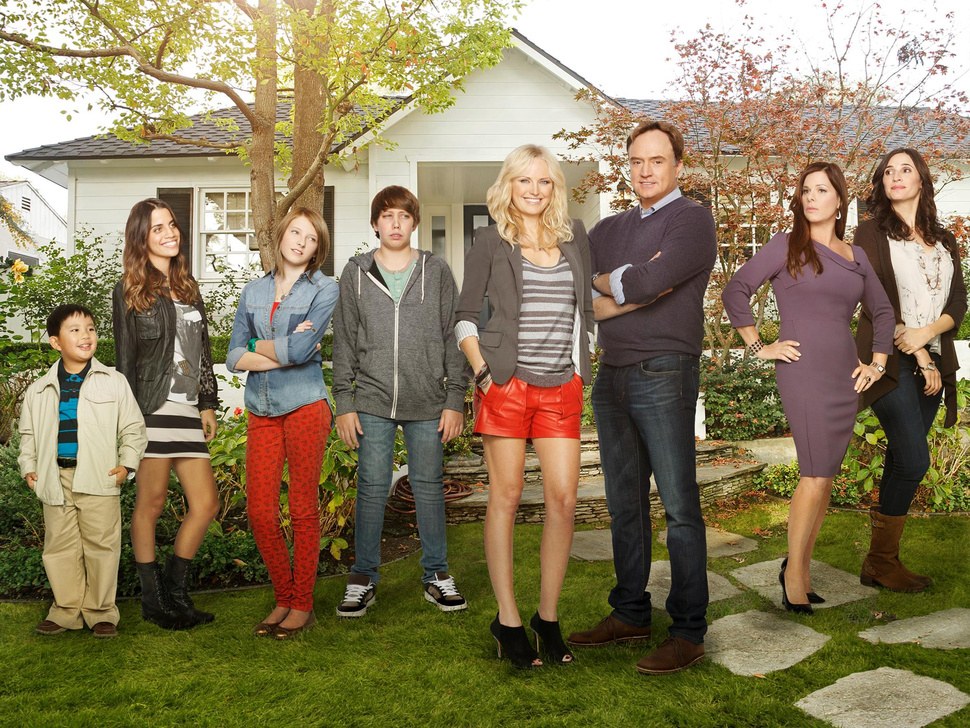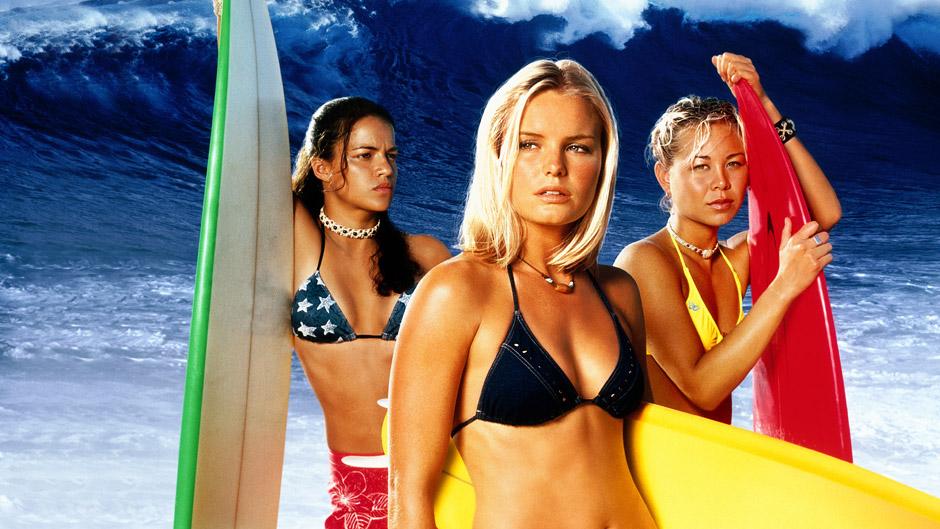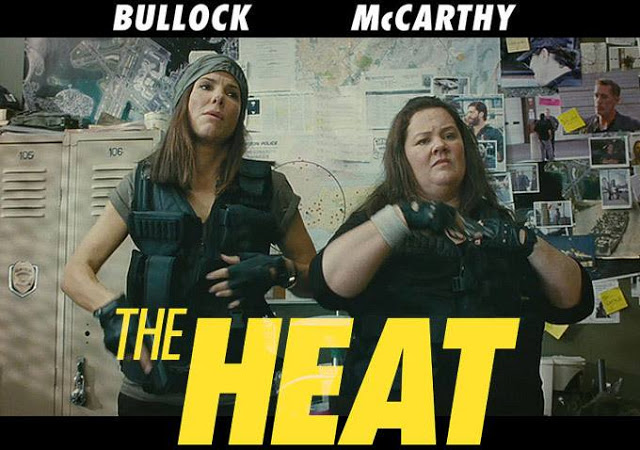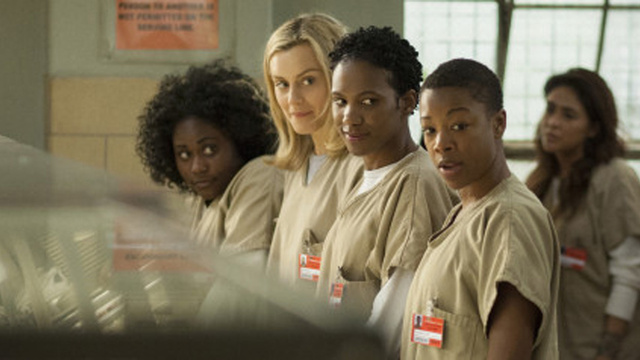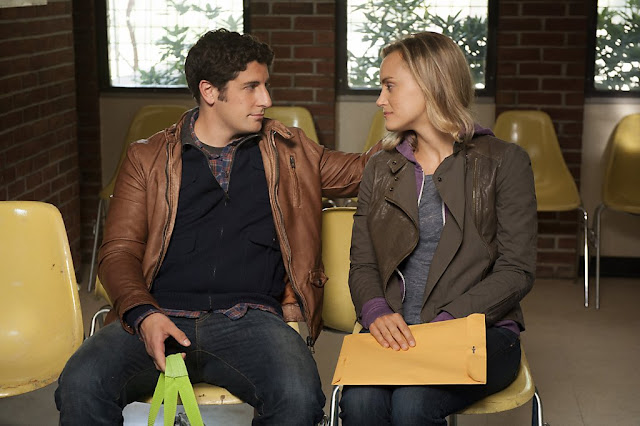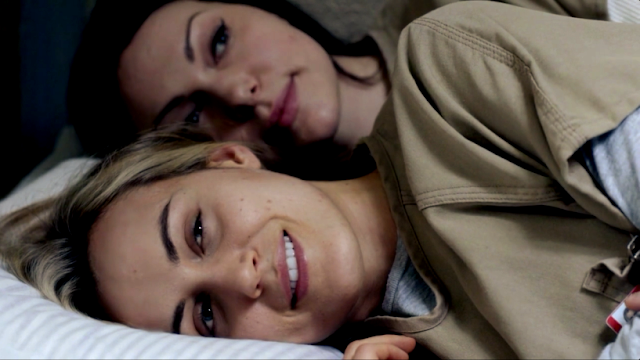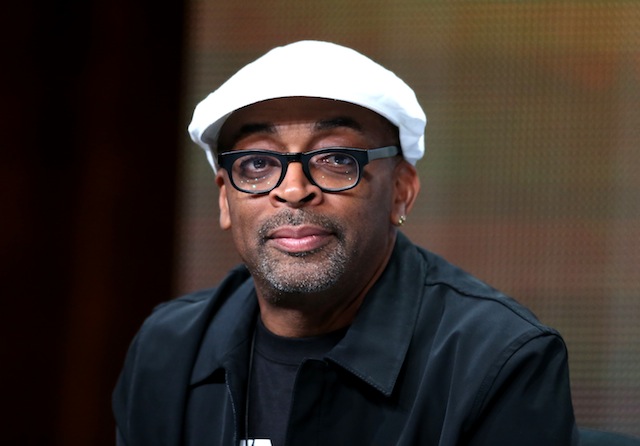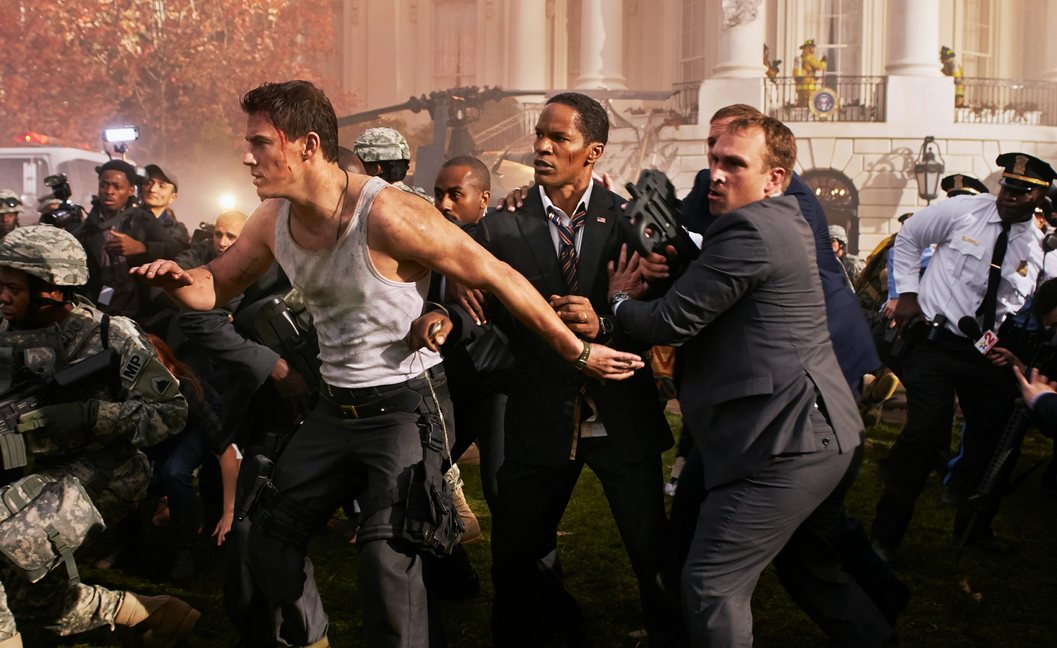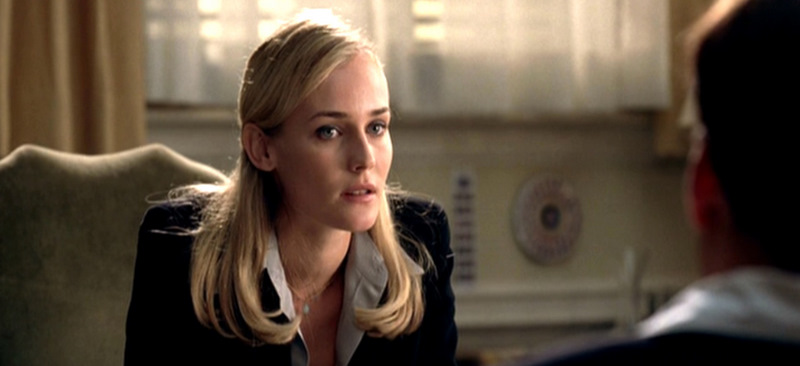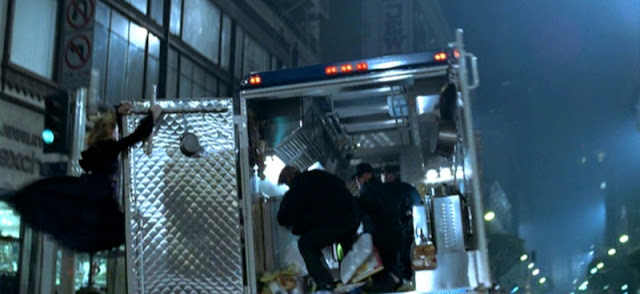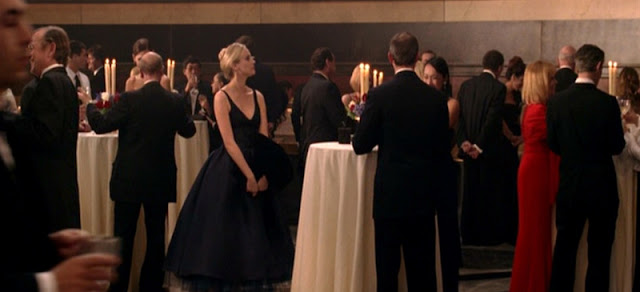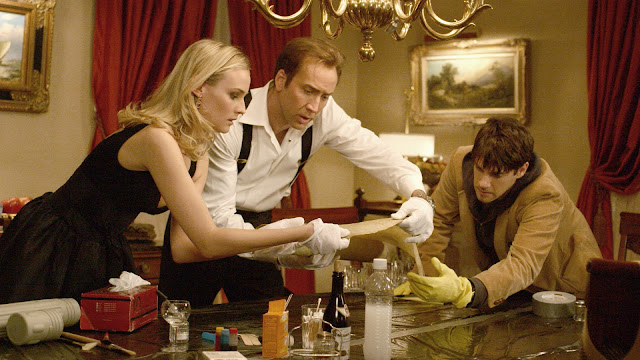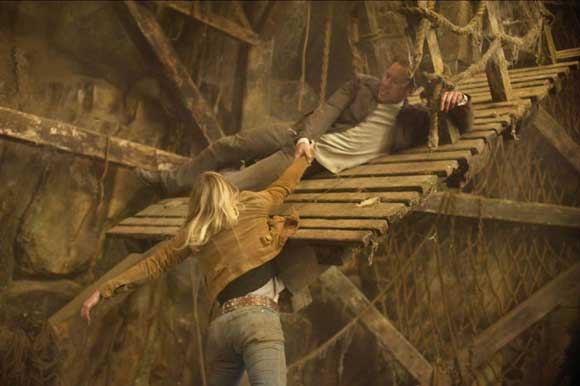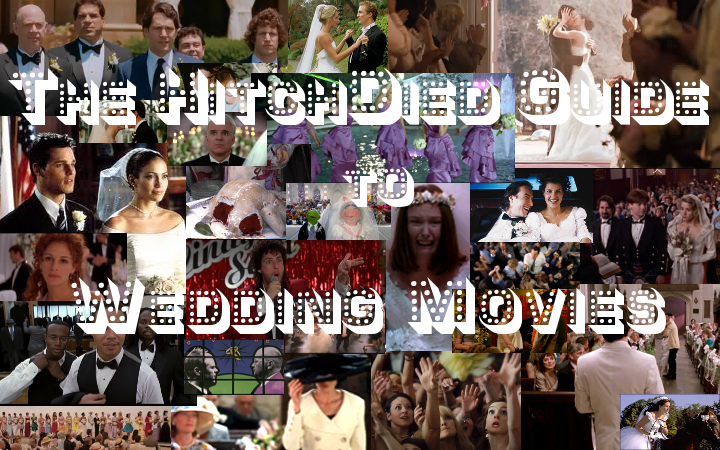
I fell for Sleepy Hollow hard and fast, despite having little confidence in its actual quality or prospects of maintaining its storytelling momentum going forward. I am an easy mark for this show: The X-Files was my first favorite tv show (not counting Fraggle Rock and She-Ra, I guess), so a supernatural drama about a misfit obsessive man and his practical partner somewhat reluctantly along for the ride is catnip to me. But even I realize Sleepy Hollow could easily collapse under the weight of its own ridiculousness, what with the reanimated Revolutionary War soldier chatting with his dead witch wife across the veil and fighting demons and attempting to prevent the apocalypse (the Headless Horseman is actually DEATH, rider of a pale horse). Thankfully, Nicole Beharie as Abbie Mills is there to ground this in reality.
While Lt. Abbie Mills is clearly “the Scully” (she’s even a foot shorter than her co-star Tom Mison, resulting in many an arched-neck conversation), Sleepy Hollow makes some beneficial adjustments to the archetype. First: Abbie is the one with the Mulder-esque childhood trauma related to the overarching mystery. And while Abbie was in denial about her bizarre experiences most of her life, even refusing to corroborate her institutionalized sister Jenny’s honest account of the events, she’s not pigeonholed as being “the skeptic” despite seeing paranormal occurrences with her own eyes. We’re seeing Abbie come to accept that the impossible happens and that she has a vital role in it, but with a healthy dose of “REALLY?” and “WHY ME?” tossed in to counter Ichabod Crane’s obsessive mission-focus.

Abbie is by far the most-realized character after these first few episodes. And Nicole Beharie’s performance deserves much of the credit. She sells the contradictions inherit in a practical, no-nonsense police officer who nevertheless accepts an undead relic from the 18th century who calls her “Leff-tenant” and won’t change out of his colonial clothes as her new partner. Beharie has the charisma that makes you want to root for Abbie even though she’s done bad things, like abandon her sister or spell her name with an “i-e” instead of a “y.” And her smile is a ray of sunshine reflected in a newborn baby’s eye and voice is the sound that angel’s tears make when they fall on rose petals. (In case you haven’t noticed, I kind of have a crush on Nicole Beharie.)
Seeing a great female character emerge on a new TV show is always a thrill, but it’s extra wonderful to have another woman of color as a complex lead character on a successful series. Nicole Beharie, to her credit, has been vocal about the significance of her casting. She told Essence:
“I’m 5’1’’ and an African American woman. I just didn’t think anyone would hire me to play the cop. There’s a certain demographic of girls who look the same in every action piece and I didn’t think that that was going to be me. I’ve always been a big sci-fi person. I love fantasy, so when the opportunity presented itself I wanted to take a shot at this. Getting to hold a gun and running away from witches and incantations… I keep hearing some people saying like ‘Yes, you’re the Black person who doesn’t die.’”
Even better, Beharie isn’t the only person of color in a sea of whiteness on Sleepy Hollow. Orlando Jones, having apparently paid his debt to society for appearing in all those Make 7 Up Yours commercials back in the early aughts, plays Abbie’s new boss; Nicholas Gonzales plays Abbie’s coworker and former flame, and John Cho has a recurring role as another undead pawn in the apocalypse saga. And of course Abbie’s sister Jenny Mills, played by Lyndie Greenwood, is emerging as one of the most interesting side characters, a Sarah Connor-esque figure committed to affirming the unbelievable truth that’s had her labelled insane for most of her life.

Sleepy Hollow may end up being another preposterous supernatural melodrama I have to be embarrassed about obsessing over, but Nicole Beharie as Abbie Mills gives me hope the series could turn out respectable quality product. Or at least launch Beharie to superstardom. She deserves it.
